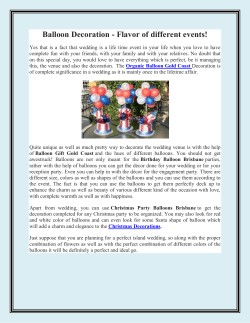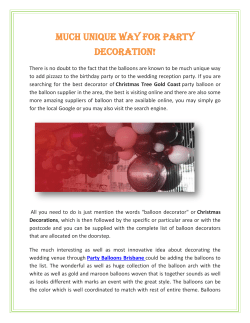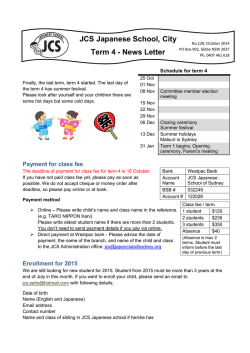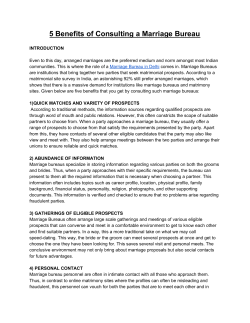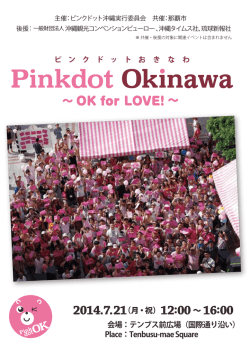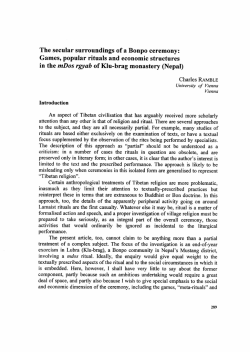
Everything you need to know about Baniya Wedding
Everything you need to know about Baniya Wedding INTRODUCTION The Baniyas are often labelled as penny-pinching and close-fisted. However, one would think twice before saying the same after witnessing a Baniya wedding. Baniya weddings are grand affairs with mouth-watering food, folk songs, and dances accompanied by plenty of joy and laughter. It brings together the humongous joint families of both the bride and the Groom, who is a sort of norm in the Baniya communities. These weddings are generally week-long celebrations; however, the actual wedding preparations and celebrations start much before that. Let us have a look at Pre-Wedding Rituals of Baniya Wedding 1) Rokna Ceremony or Engagement As arranged marriages still the norm in the Baniya community, they often approach Agarwal matrimony bureaus and websites to scout qualified prospects for the wedding. Once the wedding is fixed, the date is set according to astrological auspiciousness, and then the Rokna ceremony takes place. It symbolizes the union of the two families and the end to seeking new prospects for marriage, thus the name ‘rokna’ meaning stop. This also includes the engagement as the bride’s father applies a teeka on the Groom’s forehead, welcoming him into the family and the two families exchange gifts to celebrate the joyous occasion. 2) Ganesh Puja As all auspicious occasions in Hinduism begin with a prayer or puja to Lord Ganesh. Similarly, Baniya weddings start with a Ganesh Puja. It is performed to seek blessings from Lord Ganesh to ensure that the marriage does not face any problems. This is a feature unique to Baniya weddings which sets it apart from other Indian wedding rituals see across the Indian Subcontinent. 3)Sangeet Traditionally, in Baniya weddings, the women from the bride’s family gather around and sing folk songs about marriage and love. These are often aimed at teasing the bride and having a laugh about it. This is an extremely joyful occasion with music dance and loads of entertainment for the guests. 4) Mehendi In Baniya weddings, the Mehendi ceremony is celebrated by both families. This is another unique feature of Baniya weddings. Here, the Groom also gets henna designs applied on his palms. On the other hand, the bride gets henna designs on her hands and legs. The Groom's name is often hidden among these designs, which becomes a fun game when the Groom has to find it later on. The Mehendi ceremony is the last ceremony that precedes the wedding day. After this, the grand wedding processions start. WEDDING DAY RITUALS AND TRADITIONS A)Tel Baan and Haldi In Baniya weddings in addition to the usual Haldi ceremony, where turmeric paste is applied to the bride and Groom’s skin to give it a golden glow, the tel baan ceremony is also present. The tel ban ceremony often precedes the Haldi ceremony where the women from the bride and the Groom’s family apply herb pastes, oils, and other nourishing substances to the bride and Groom’s bodies. This is often done to prepare them for the hectic day ahead of sitting near the fire altar all day long and performing the various wedding rituals. B)Kangana The Kangana ceremony is performed to protect the couple from ’evil eyes’ or Nazar. Here the priest ties a red sacred thread around both the bride’s and the Groom’s arms. Strung to the holy thread one can often find shells, turmeric sticks, betel nut, and a small iron knife called chaku. This particular ceremony takes place separately at the bride’s and Groom’s house. C) Sehera Bandhi and Barat Finally, the Groom receives blessings from his family as a turban is mounted on his head in a tradition called Sehera Bandhi. After this, he gets on a beautifully embellished white mare and starts toward the wedding destination along with his friends, family, and other relatives. They dance to the rhythm of dhols as they pass a vibrant display of their happiness. This wedding procession is called the Barat. When the Barat arrives at the wedding destination, the bride’s family welcomes them, and the respective rituals begin. D) Neem Jhadai Neem Jhadai is another tradition classic to Baniya or Agarwal weddings. Here, the bride’s sister ceremonially sprinkles holy water from the Ganga river on the Groom’s head with the help of a neem twig. As the neem tree is considered sacred as well as medicinal. This is done to keep the Groom out of harm's way and to ensure his in good health. F) Jai Mala The Groom and his family are then lead to the wedding pandal. Here, the Bride and groom exchange Flower Garlands, also known as Jai Malas while the priest chants various mantras and the audience showers them with flowers. This symbolizes the bride and Groom’s acceptance of each other’s partnership in marriage and each other. G) Kanyadan and Vachan Kanyadan is a ceremony where the bride’s father hands over his daughter to the Groom. It symbolizes that the bride’s father here on holds the Groom responsible for his daughter’s well being and happiness as he hands over his responsibilities towards his daughter to his now son-in-law-to-be. After this, the Vachan ceremony begins where the bride asks the Groom to accept some of her terms and make take them as vows for the rest of their married life. The same is set forth by the Groom, and once the bride agrees, she seats herself on his left and promises to be by his side from there on. H) Pheras The final Baniya Wedding ritual that seals the wedding is the Pheras. Here, the couple circles the fire seven times, each round binding them to a promise of love and togetherness as well as their duties to their marriage. After this, they are declared man and wife as the union is sealed. I) Vidaai Like any other Indian weddings, at Baniya weddings the Vidaai ceremony is quite emotional as the tearful bride bids adieu to her birth home and family as she moves on towards her new life with her husband and his house that she must make her own in the future. The Grand wedding fiesta comes to an end after the Vidaai. From here on, the bride leaves to go to the Groom’s house. Traditionally, she was carried in a doli; however, a car is preferred nowadays. From there on, she must adapt to her new environment and begin a new life alongside her husband. She must make his family her own and accept all the challenges that come her way as she steps into what the future hold for her. Are you also looking for Baniya Matrimony? Visit Golden Matrimonial Service, now.
© Copyright 2026

